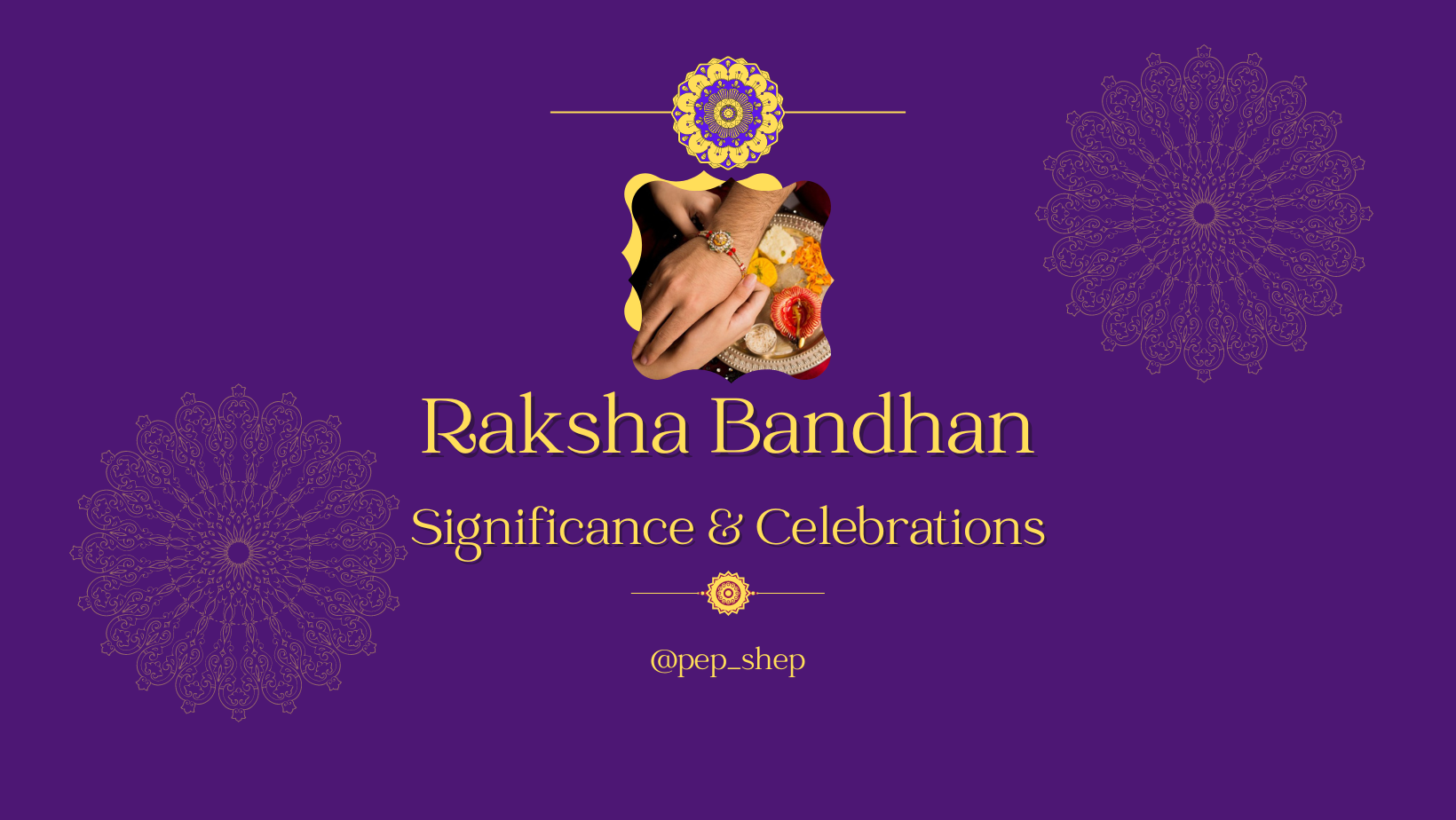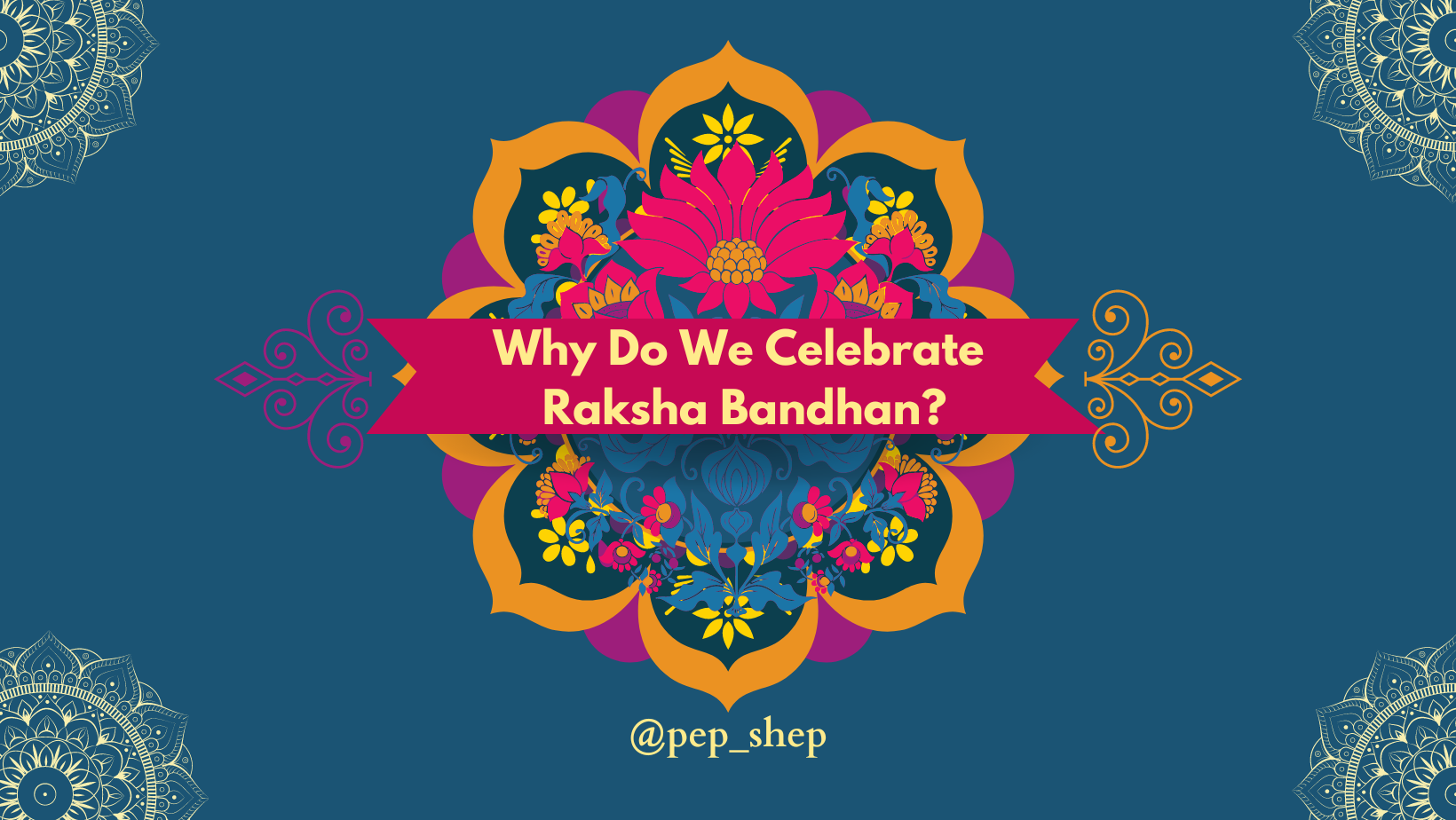

Raksha Bandha: Meaning, Significance & Celebrations
Raksha Bandhan, a special celebration dedicated to bonding brothers and sites, is one of India’s most widely celebrated festivals. Every year, siblings wait for this auspicious day to perform the rakhi-tying ceremony and cherish their love.
Here is all the information related to the origin, significance, and other FAQs associated with the festival of siblings, Rakhi.
Raksha Bandhan – What Does it Mean?
Rakshabandhan is made up of two words, i.e., Raksha and Bandhan. The Sanskrit language translates the occasion as “the tie or knot of protection,” where “Raksha” denotes the aspect of protection and “Bandhan” indicates the action of tying. Together, the event represents the enduring love of the brother-sister bond, which goes beyond just biological ties. That’s why, cousins, sisters-in-law, fraternal aunts, nephews, and other relatives also participate in the festivities of Rakhi.
Significance of Rakhi in Indian Religions
Rakhi or Rakshabandhan holds prominence in many religions along with Hinduism.
Hinduism – Hindus primarily celebrate the holiday in northern and western India, as well as other nations like Nepal, Pakistan, and Mauritius.
Jainism – The Jain community honours this day, during which Jain priests present their worshippers with ceremonial threads.
Sikhism – The Sikhs celebrate this brother-sister love event as “Rakhardi” or “Rakhari.”
When is Raksha Bandhan Celebrated?
According to the Hindu calendar, Raksha Bandhan is observed on the day of the full moon in the month of Shravan (August). Numerous additional festivals are observed on this day by the various cultures in India. For example, Rakhi Purnima is observed as Avani Avattam in the south and Kajari Purnima in some parts of the north.
How is Raksha Bandhan Celebrated?
Rakhi celebrations start with sisters shopping for beautiful rakhis (or decorated silk threads) and sweets for their brothers. They also purchase other items like roli (vermilion), chawal (rice), pooja thali, coconut, etc. that are necessary for the pooja. On the other hand, the brothers buy presents for their sisters.
The day before Rakhi, sisters apply henna or mehndi on their hands as it is considered a symbol of festivities and happiness in Indian culture. On the day of Raksha Bandhan, everyone gets up early and takes a bath. Then, the brothers and sisters do puja and the Gods’ aarti. The sisters then apply a teeka of roli and chawal to foreheads of their brothers and tie the rakhi and offer sweets to them. Then, brothers give their sisters gifts, and they share a supper.
We hope you find these stories interesting and have more knowledge about the beautiful festival of Rakhi. For more such interesting content, follow us on Instagram.
- Books, celebrations, christianity, Diwali, Events, festivals, Gifts, global, green celebrations, love, mother, mother's day, nature, office, pets, quotes, social, social impact,
